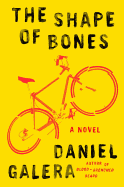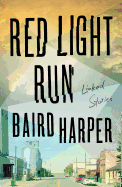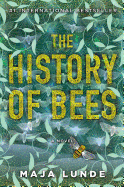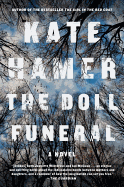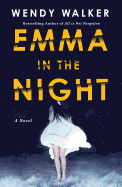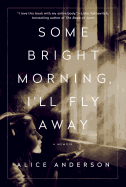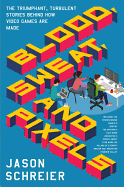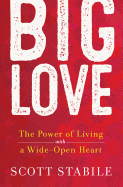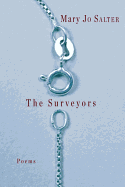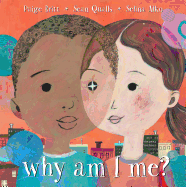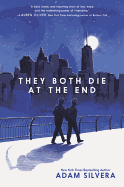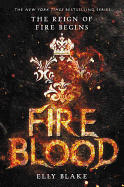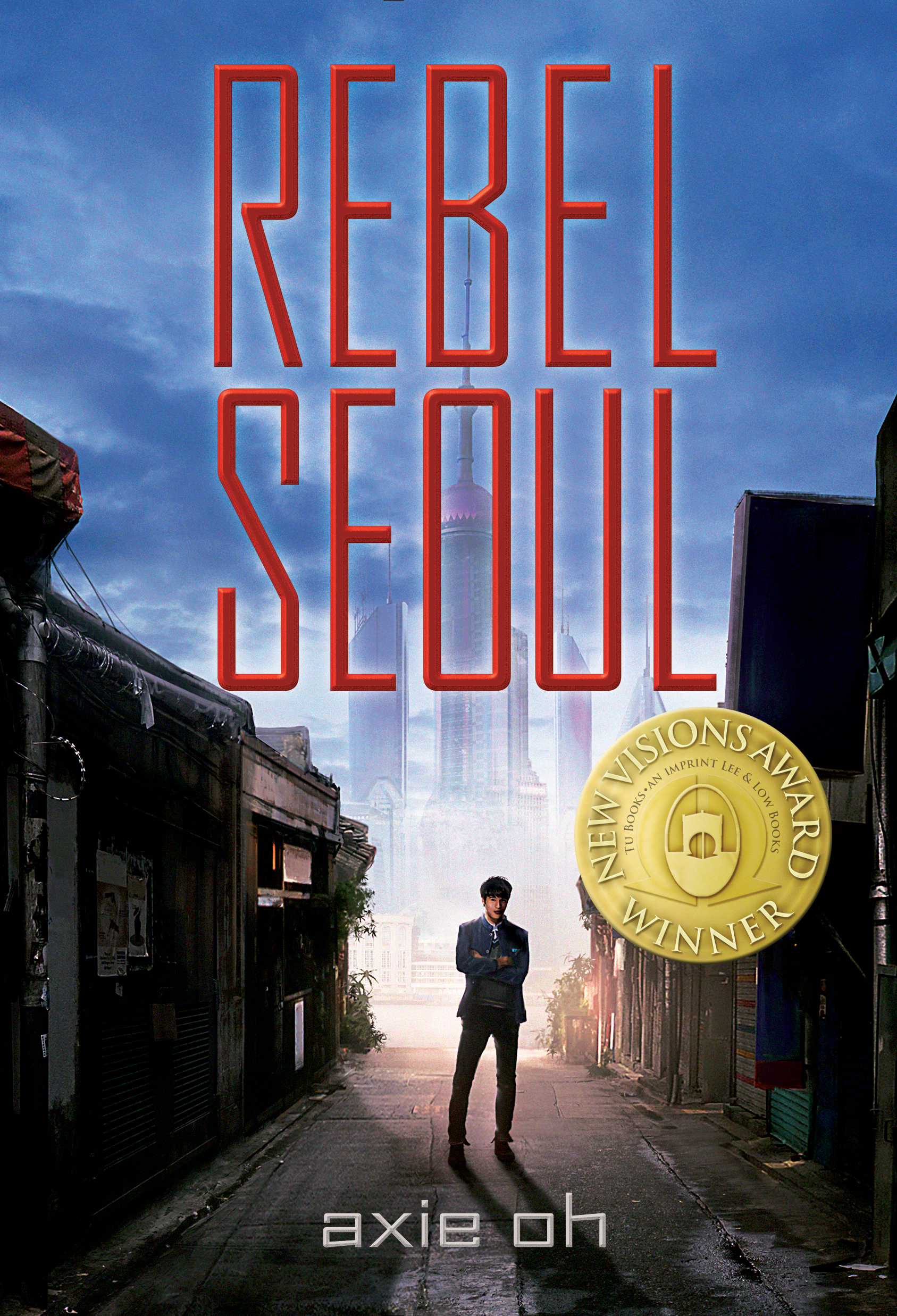 Axie Oh is a first-generation Korean American born in New York City and raised in New Jersey. Her debut novel for teens, Rebel Seoul (out today from Tu Books), takes place in 2199 East Asia, now in ruins after a great war. Here is an excerpt:
Axie Oh is a first-generation Korean American born in New York City and raised in New Jersey. Her debut novel for teens, Rebel Seoul (out today from Tu Books), takes place in 2199 East Asia, now in ruins after a great war. Here is an excerpt:
I have about one minute and forty-nine seconds in the park before I'll be forced to leave. Cars registered to the Grid are allowed out later than curfew, but taxis aren't, especially taxis heading for one of the few bridges leading out of the city. I need to be gone before I'm taken in, accused of and convicted for something illogical.
I imagine how it'd go down. They'd ask me why I was out so late--inside the Dome, when my Citizen ID says I should be outside it. I'd say, "I got caught out." I'd say, "I'll call a friend." They'd tell me I was out late planning something treasonous against the state. I'd say, "Bullshit." They'd put me in prison.
When I walk away from the cart, I watch where I step. The grass, coated with a combination of rainfall, melted sugar, and glitter, sticks to my shoe.
I check the time once more: one minute, twenty-seven seconds.
I'm heading out to the main streets when I see someone.
A girl.
The lights of the stage only reach so far across the grass until it blends to darkness, and that's where she stands, completely still, her eyes riveted on the stage.
I don't know what stops me; maybe it's her stillness. Maybe it's the fact that we're the only ones not packed in front of the stage. We're a couple meters out, nothing around us but abandoned food carts and grass, and the blue-lit streets of the Grid behind her.
I've seen girls like her before, middling height with long black hair, some falling over her shoulders. She wears a loose, long-sleeved gray shirt and pants of the same color. And yet there's something arresting about her--the way she stands, as if she'd run across the city and just arrived, her chest moving slightly as she breathes; the way she hasn't blinked since I first laid eyes on her.
She takes one step and she's in the light.
The look in her eyes is fierce and warm and full of longing.
I inhale sharply and feel the cold sweep through my mouth.
I have exactly one minute left before I have to leave. I can talk to a girl in a minute.
I take another step, smoothing my shirt over my stomach, and a shattering of wind blows me back. A police droid descends from overhead, a shaft of light issuing from its projectors and exposing the girl. She doesn't even glance up. Nor does she blink when airborne police trucks slide onto the grass, leaving the organized streets of the Grid, their sirens raging red like the searchlight of the Tower. Each truck releases four soldiers carrying standard-issue electro-guns, their sighting-lights trained on the girl. She's covered with a dozen neon red dots all focused on fatal parts of the body--her long neck, her pale forehead, her beating heart.
Her eyes never leave the stage as the soldiers drag her away, and when they jolt her with the electro-gun, her eyes remain open, only the fluttering of her lashes showing she felt it at all.
Through the whirring noises of the droid's engines and the wailing sirens of the police trucks, Sela breathes the last words of her song.
"Even if I've never heard you, I hear you. Even if I've never seen you, I see you. Even if I've never known you, I miss you. I wait for you, my love, my land of the morning calm."
Something about the words makes me flinch.
I watch as the soldiers drag the girl's limp body off the grass and into one of the trucks.
They're gone in under a minute.
A cheer goes up behind me, and I quickly turn around. The members of C'est La Vie are bowing on the stage. The small figure of the lead singer blows kisses into the crowd with a bubble blower. Blue and pink roses fall at her feet, and a chant rises up out of the tumult.
"Sela! Sela! Sela!"
Nobody seems to have seen the police take the girl. And if they had, they wouldn't care.
She's just another lost soul in the city of Neo Seoul.
The city of tomorrow's dreams.
I have zero minutes and zero seconds until I have to leave.
There's a feeling in my chest that feels something like disgust, but whether for the police or the crowd or myself, I can't tell.
I walk onto the street and call over a cab. I open the back door, then slide into the soft interior. It smells faintly of smoke. "Can you take me across the nearest bridge?" I ask the driver.
I wait, expecting him to charge me extra--it's almost midnight, after all--but he just nods.
I cross the Han River from Neo Seoul into Old Seoul with three minutes, thirty-eight seconds to spare. I don't wait to see the Dome solidifying as it closes behind me.
Midnight shuts the old away from the new.
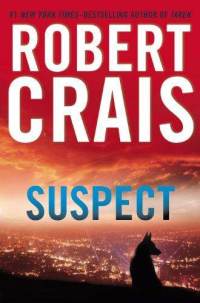 One of my favorite "dog" books is Suspect by Robert Crais (Penguin, paperback). In it, LAPD cop Scott Jenkins is suffering from PTSD after he almost died, and his partner was killed. Maggie is a German shepherd with PTSD who lost her beloved handler in Afghanistan; she was severely wounded herself. They are thrown together for a chance at redemption, although odds are against them. The prologue describing Maggie's last ghastly day in Afghanistan is harrowing, but the respect and love that grows between her and Scott is healing for them and for the reader. There aren't many books I've re-read. This is one.
One of my favorite "dog" books is Suspect by Robert Crais (Penguin, paperback). In it, LAPD cop Scott Jenkins is suffering from PTSD after he almost died, and his partner was killed. Maggie is a German shepherd with PTSD who lost her beloved handler in Afghanistan; she was severely wounded herself. They are thrown together for a chance at redemption, although odds are against them. The prologue describing Maggie's last ghastly day in Afghanistan is harrowing, but the respect and love that grows between her and Scott is healing for them and for the reader. There aren't many books I've re-read. This is one. In From Baghdad, with Love by Lt. Col. Jay Kopelman (Lyons Press, paperback), a puppy and a Marine meet unexpectedly in a war zone. Kopelman's memoir is gritty and black-humored, the chaos and brutality of war front and center. That hard reality becomes tempered when he finds a puppy while his unit sweeps an abandoned house in Fallujah. "I liked the way he felt in my hands. I liked that he forgave me for scaring him. I liked not caring about getting home or staying alive or feeling warped as a human being--just him wiggling around in my hands, wiping all the grime off my face." They smuggled the pup, Lava, into camp, and Kopelman was determined to ship Lava stateside, an extremely difficult task, but worth it--Lava "unlocked [his] cool," allowing him to fear, which led to dealing with PTSD.
In From Baghdad, with Love by Lt. Col. Jay Kopelman (Lyons Press, paperback), a puppy and a Marine meet unexpectedly in a war zone. Kopelman's memoir is gritty and black-humored, the chaos and brutality of war front and center. That hard reality becomes tempered when he finds a puppy while his unit sweeps an abandoned house in Fallujah. "I liked the way he felt in my hands. I liked that he forgave me for scaring him. I liked not caring about getting home or staying alive or feeling warped as a human being--just him wiggling around in my hands, wiping all the grime off my face." They smuggled the pup, Lava, into camp, and Kopelman was determined to ship Lava stateside, an extremely difficult task, but worth it--Lava "unlocked [his] cool," allowing him to fear, which led to dealing with PTSD. 


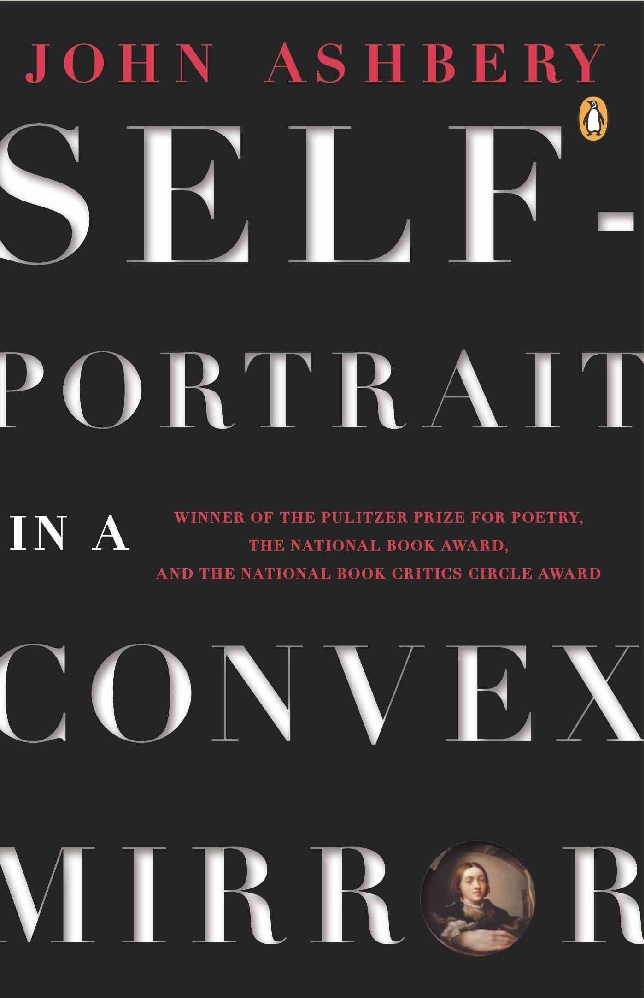 John Ashbery, a major figure of late-20th and early-21st-century American poetry and the only writer to ever win the Pulitzer Prize, the National Book Award and the National Book Critics Circle Award in the same year, died on September 3 at age 90. The New Yorker's poetry critic Dan Chiasson called Ashbery the "
John Ashbery, a major figure of late-20th and early-21st-century American poetry and the only writer to ever win the Pulitzer Prize, the National Book Award and the National Book Critics Circle Award in the same year, died on September 3 at age 90. The New Yorker's poetry critic Dan Chiasson called Ashbery the "
